Lowe’s Q1 Sales Decline Less Than Expected as Home Improvement Spending Holds Steady
Lowe's Cos Inc. $LOW reported a better-than-anticipated performance for its fiscal Q1 2025, supported by consistent consumer spending on home maintenance and renovation. Despite macroeconomic headwinds, including elevated interest rates and uncertainty surrounding U.S. tariffs, the home improvement giant managed to deliver a narrower decline in same-store sales than previously forecast.
The results came a day after Home Depot Inc. $HD, its main competitor, also reaffirmed its annual outlook, signaling a cautious but stable outlook across the U.S. home improvement retail sector.
Market Behavior and Strategic Positioning
Lowe’s Q1 data provides an insightful lens into current consumer behavior. While discretionary spending on high-ticket items has softened amid rising borrowing costs, homeowners continue to invest in necessary home repairs and small-scale upgrades. This behavioral bifurcation helped buffer the impact of otherwise subdued consumer sentiment.
The company maintained its 2025 full-year guidance, reflecting management's confidence in long-term demand fundamentals and the operational benefits of a diversified product mix. Home Depot, for its part, adopted a price freeze strategy in response to tariff-related cost volatility, diverging from Walmart’s warning about impending price hikes.
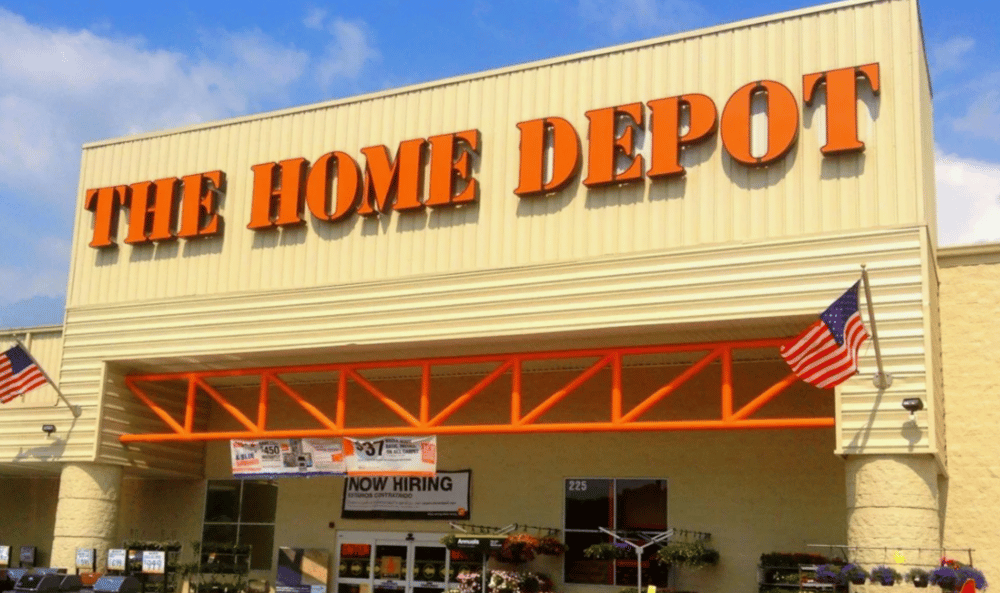
Key Facts at a Glance
Same-store sales fell less than expected during Q1 2025.
Home improvement demand remained resilient in core categories.
Annual forecast reaffirmed, signaling strategic stability.
Interest rates dampened high-value purchases but not maintenance spending.
Home Depot opted for a no-price-hike strategy.
Walmart warned of tariff-induced inflation pressure.
Extended Analysis: Market Reactions and Strategic Commentary
The results from Lowe’s and Home Depot offer a rare glimpse into how consumer-focused companies with overlapping markets can diverge in pricing, strategy, and messaging amid policy uncertainty. While Walmart $WMT has begun adjusting its pricing models in anticipation of higher costs, Lowe's and Home Depot are betting on operational resilience and customer segmentation to weather volatility.
Lowe’s performance underscores the sticky nature of non-discretionary home improvement expenditures—especially when consumers are more likely to repair than replace amid economic uncertainty.
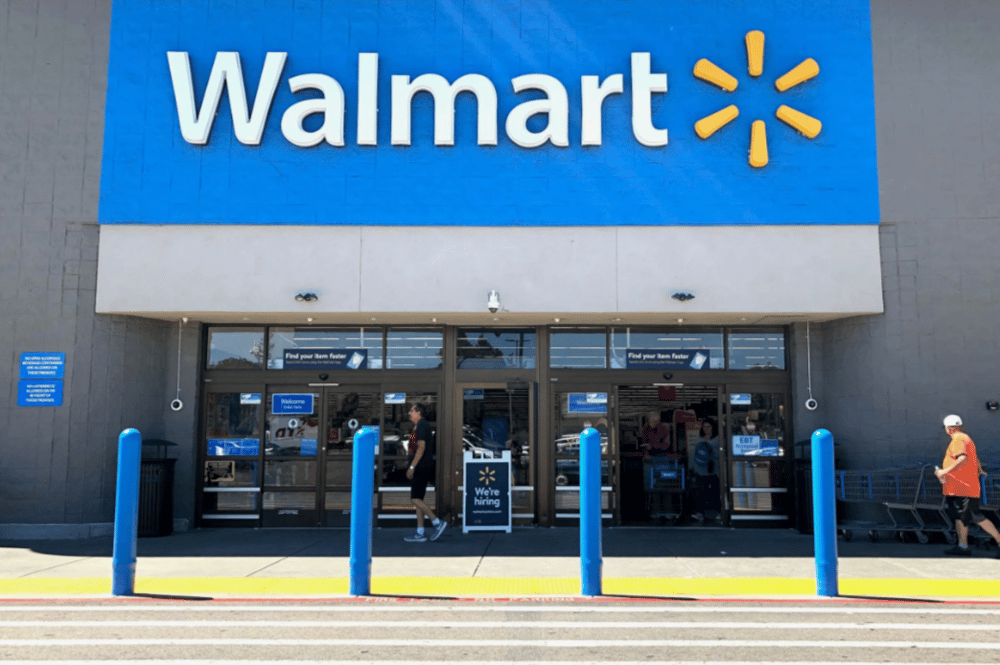
Strategic Takeaways
Moderate decline in comparable sales highlights consumer selectivity rather than full-scale pullback.
Interest rate sensitivity impacted big-ticket transactions but not essential purchases.
Affirmation of annual guidance indicates confidence in inventory control and supply chain dynamics.
Home Depot's price freeze suggests long-term brand equity prioritization over short-term margins.
Walmart's contrasting warning highlights broader sectoral divergence in dealing with trade policy shocks.
Resilience in a Shifting Retail Landscape
Lowe’s ability to outperform expectations despite macroeconomic headwinds affirms its strategic resilience and the relative inelasticity of home improvement spending. While discretionary categories remain under pressure, consistent demand for maintenance products and minor renovations helped stabilize revenue.
The sectoral divergence in tariff response—between Lowe's, Home Depot, and Walmart—will likely remain a key investor watchpoint as policy developments unfold. For now, Lowe’s disciplined approach to operational efficiency and consumer-focused product strategy offers a model of cautious optimism in a complex retail environment.


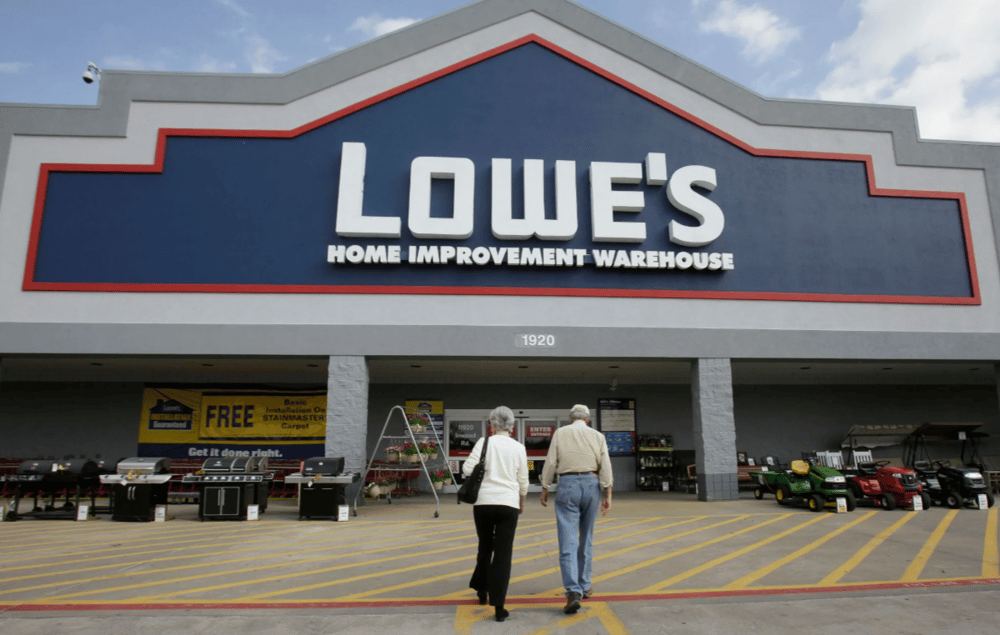
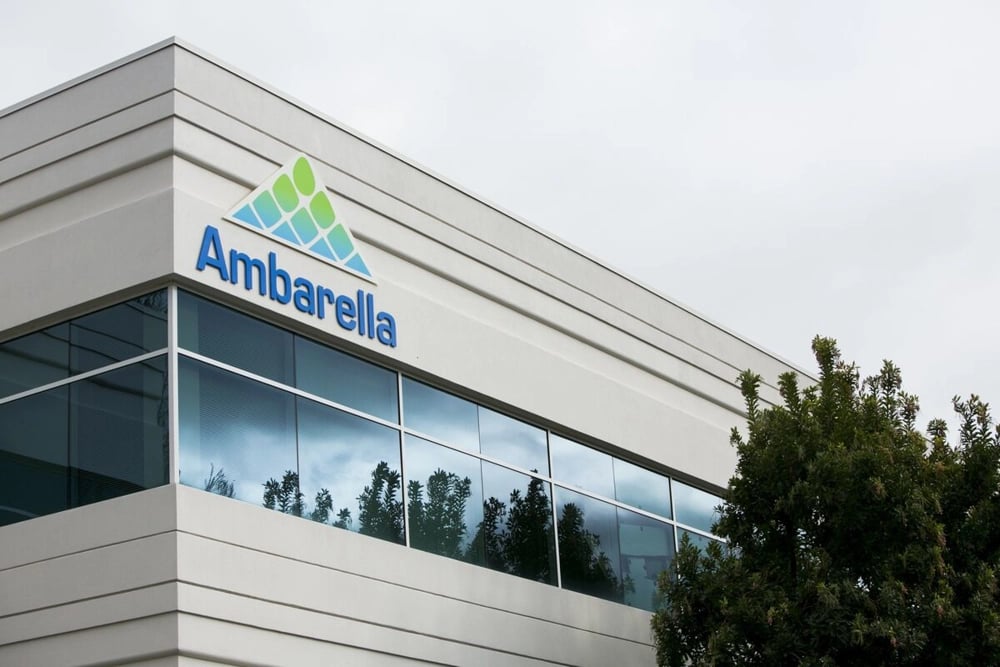





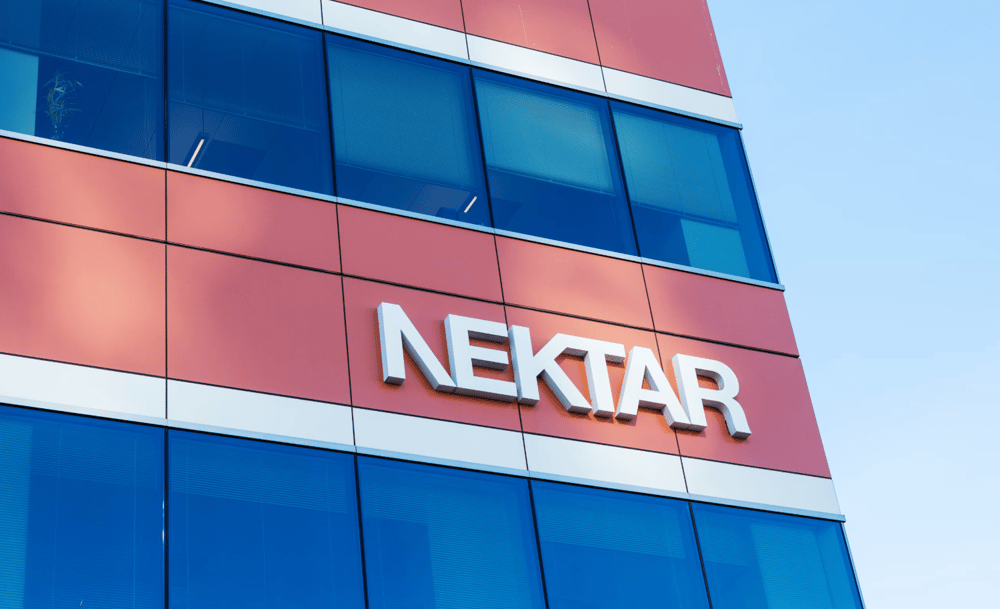
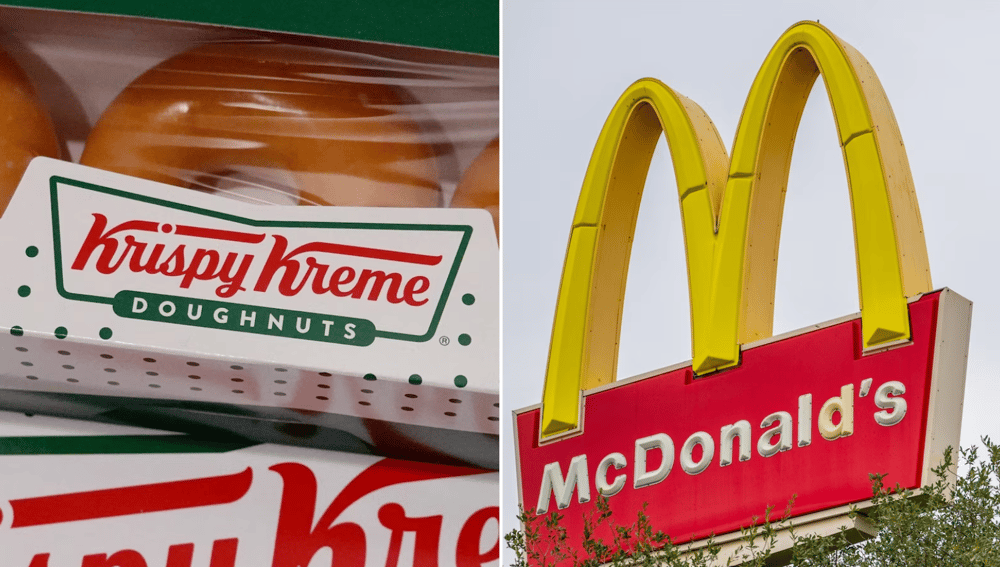
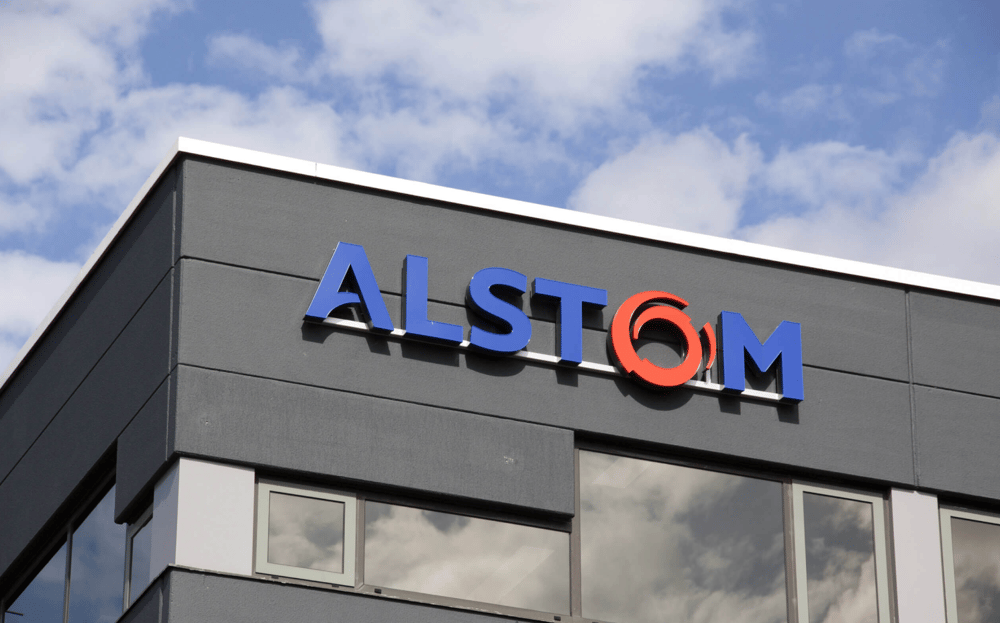



Comments